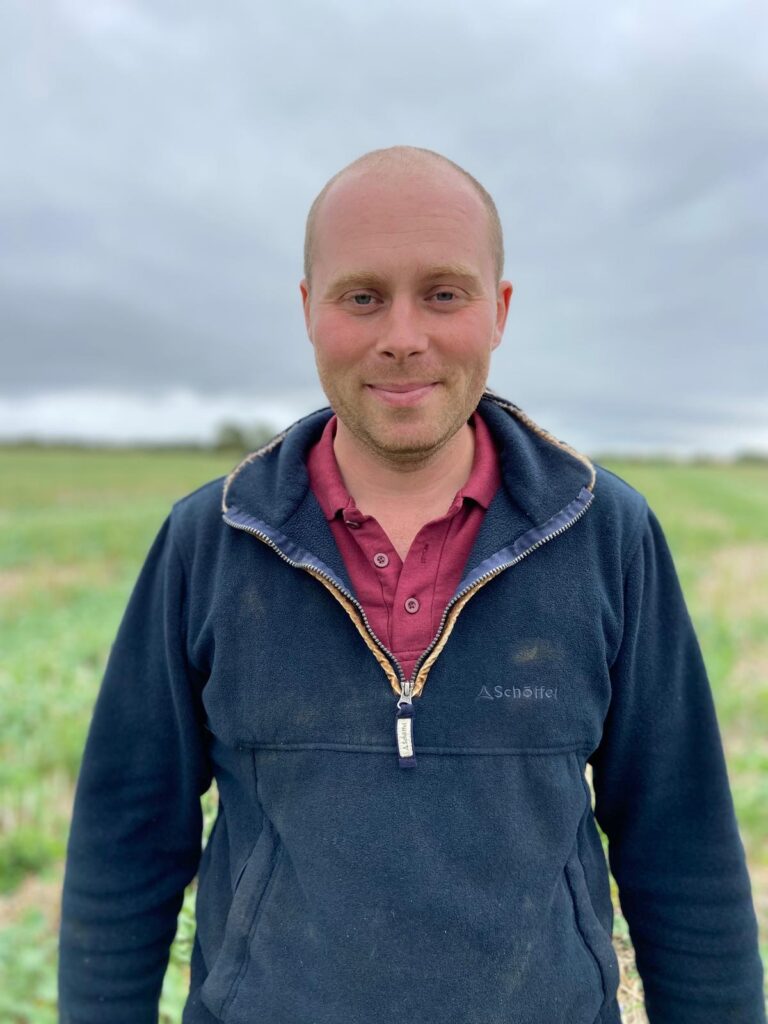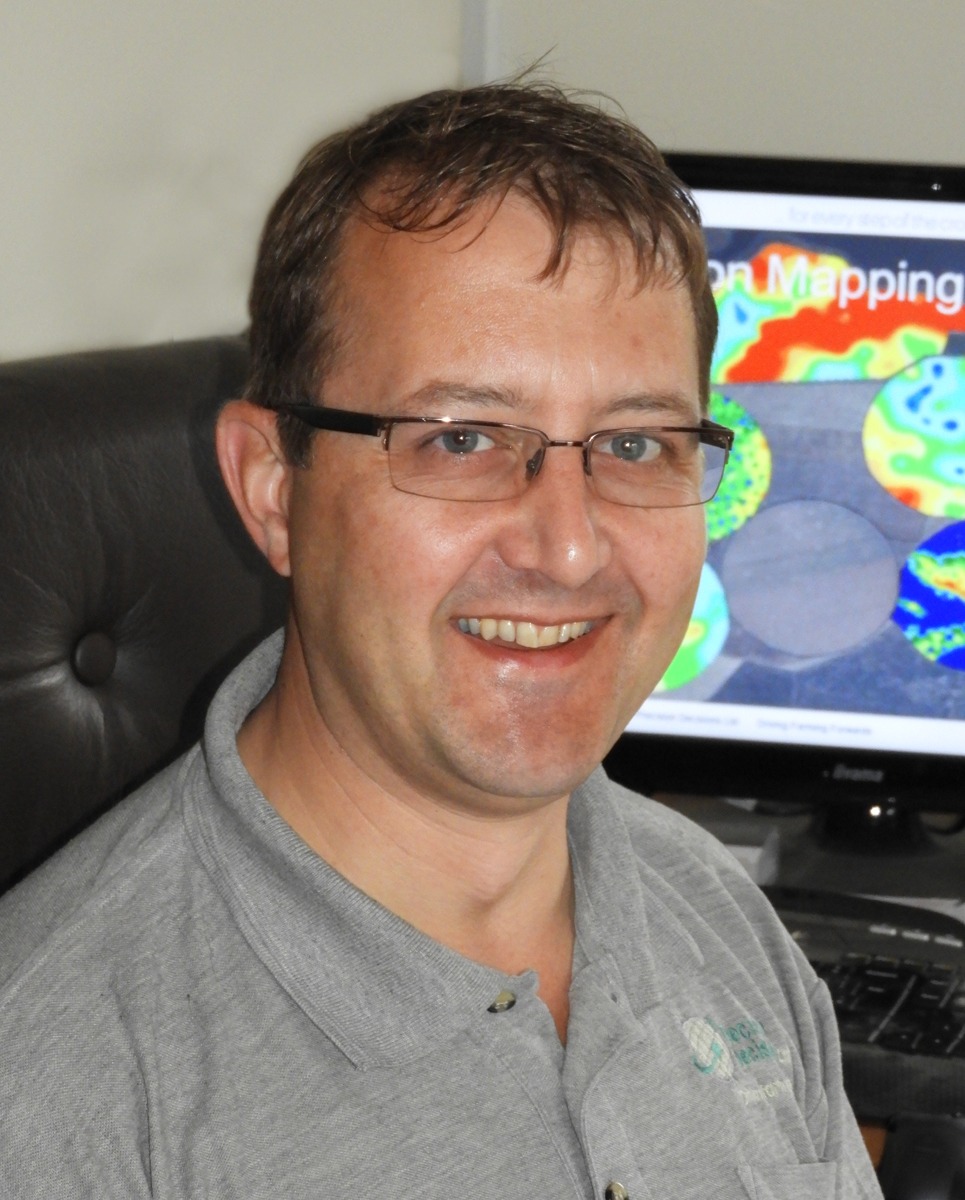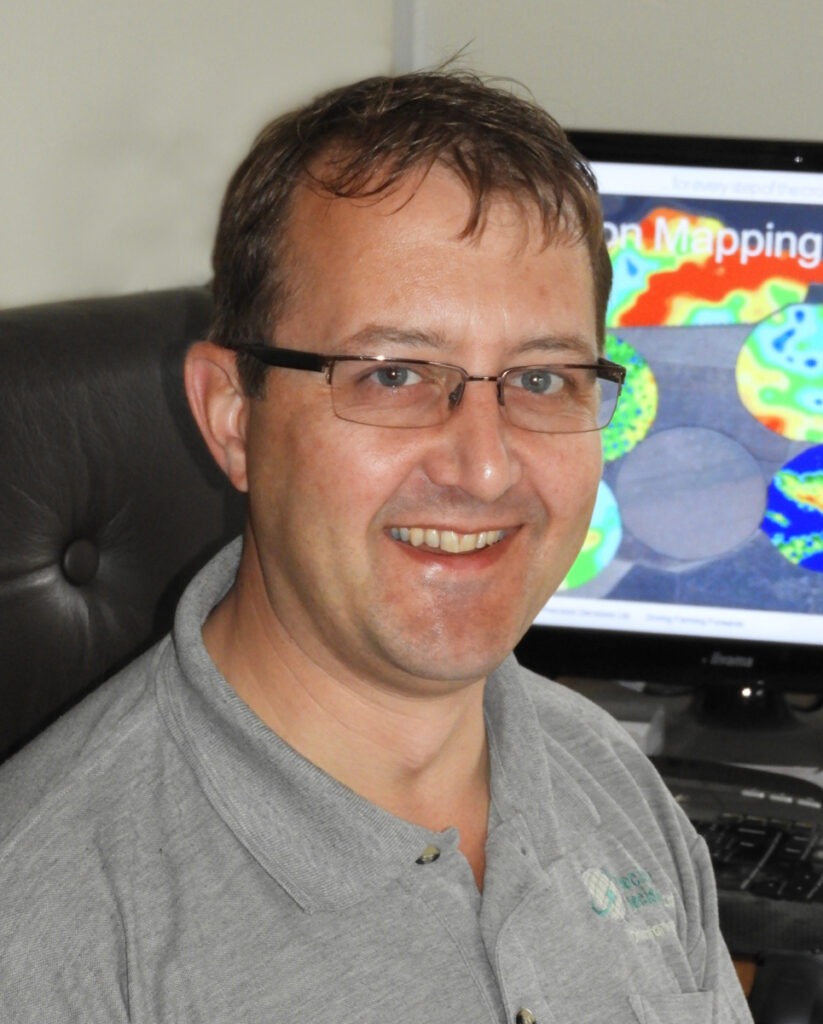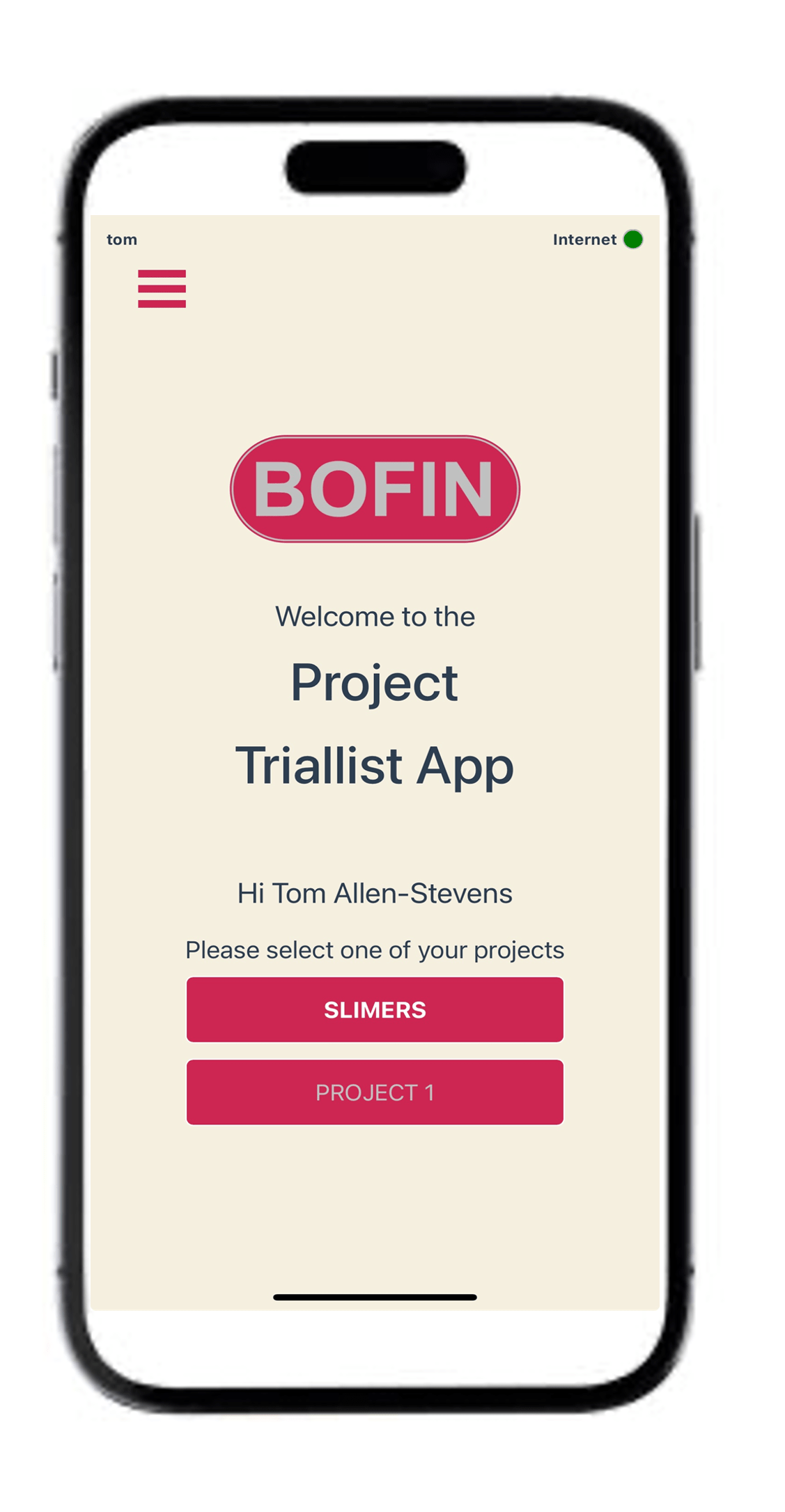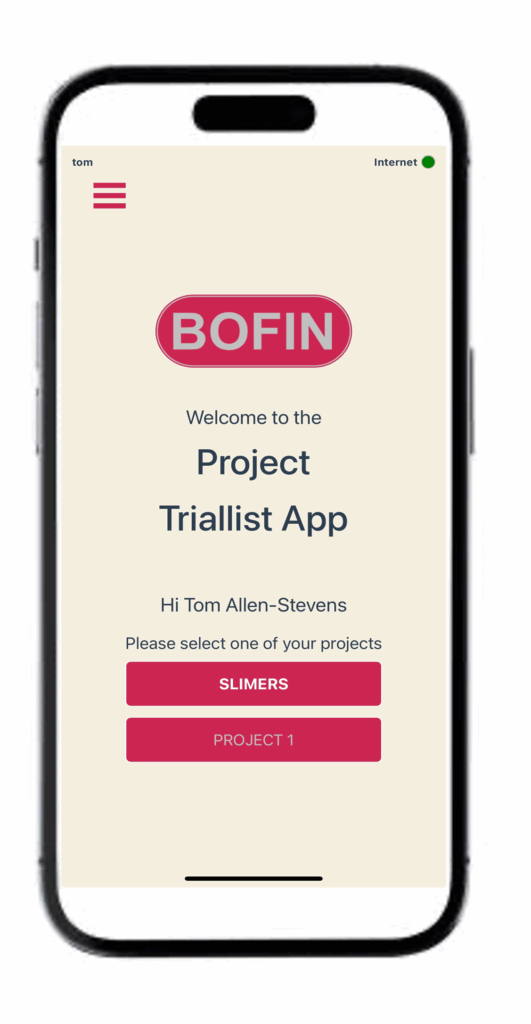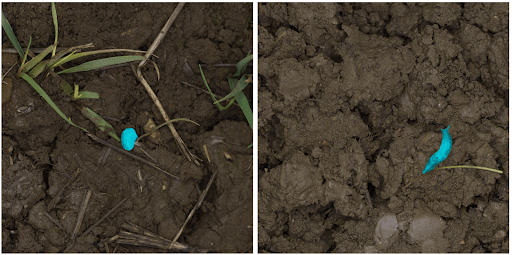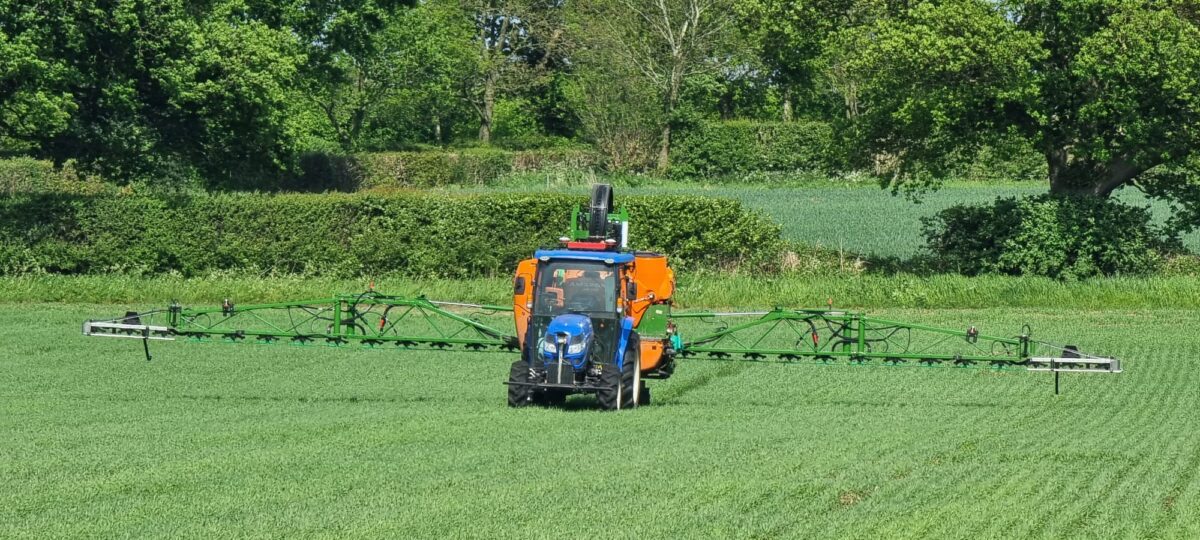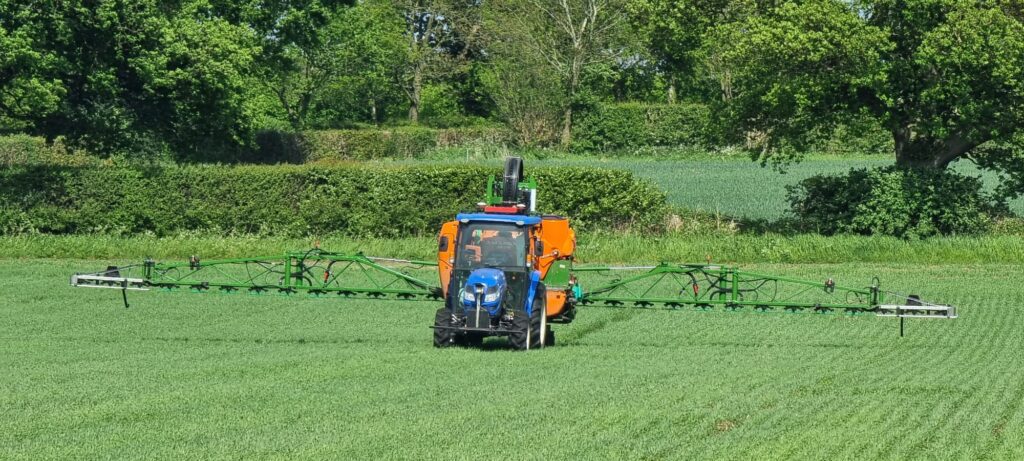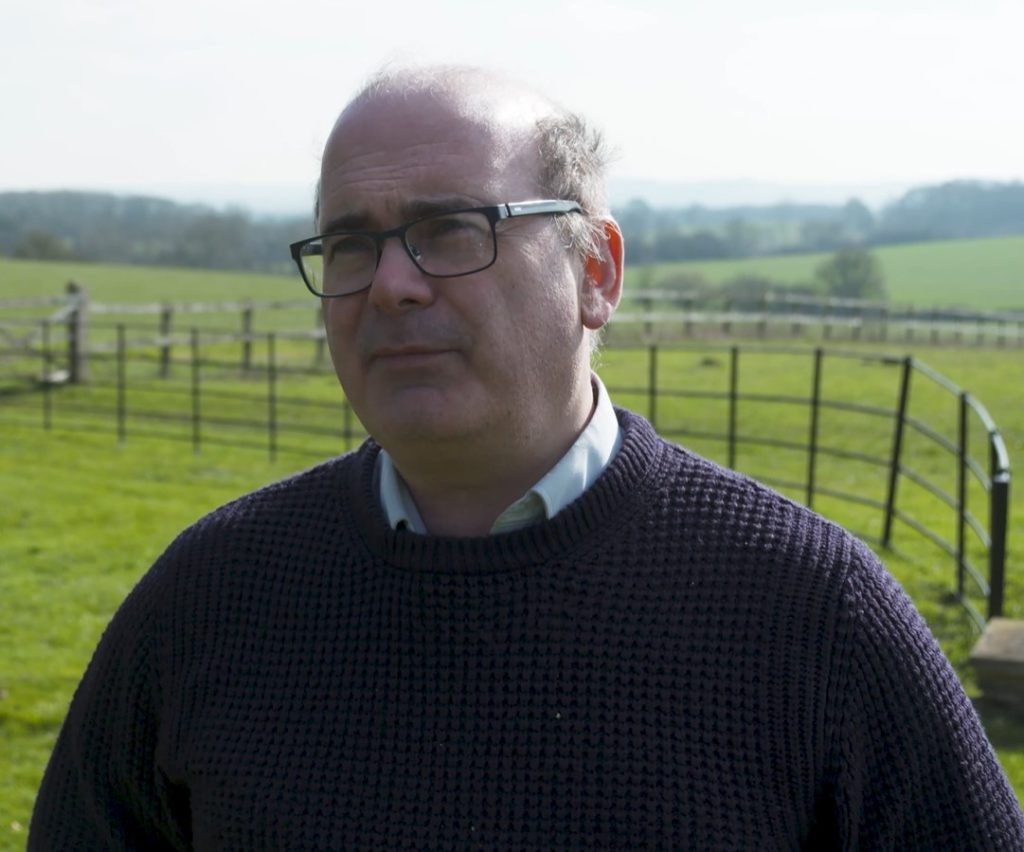Since stepping back from full-time management of his Bedfordshire farm, Charles Paynter has thrown himself into on-farm trials, keen to keep innovating and sharing his learning with other farmers.
As a Slug Sleuth, Charles has taken a hands-on role in monitoring slugs on his farm but he’s also trialling wheat varieties flagged by researchers as potentially more resistant to slug damage. He’s kept a close eye on how these varieties establish and withstand pressure, sharing his findings with researchers and other farmers along the way.
Meticulous record-keeping is central to Charles’s approach: “I record my observations in the field and keep records of every chemical input too.” This detailed approach not only helps him track what’s working on the farm, but also builds a knowledge base that benefits the wider farming community.
The appeal of on-farm trials is simple, he says. “There’s no substitute for seeing how something performs in your own fields.” He values the opportunity to test new ideas in real farm conditions and adapt them based on first-hand results. He’s found that being part of the wider BOFIN network of farmers and researchers is a huge benefit too. Sharing experiences – both successes and failures – means everyone moves forward faster. “Every farmer has something to share, and you learn something from them all,” he says.
His involvement in SLIMERS is particularly timely as the move to regenerative practices at Rifle Range Farm, while positive for soil health, often means more crop debris and higher slug pressure. That makes it even more important to find targeted, sustainable ways to manage slugs without relying on blanket chemical applications, he says.
Charles is clear that farmers need to be at the heart of projects like SLIMERS. “All roads come back to the farmer. As individuals we may not be the most technical, savvy or proficient, but we have farmer experience and instinct, and no amount of research can replace that.”
Rifle Range Farm:
- 221ha
- Winter wheat, spring wheat
and peas - Regenerative approach
- Deep, non-inversion cultivations
- Heavy soil (chalky boulder clay


